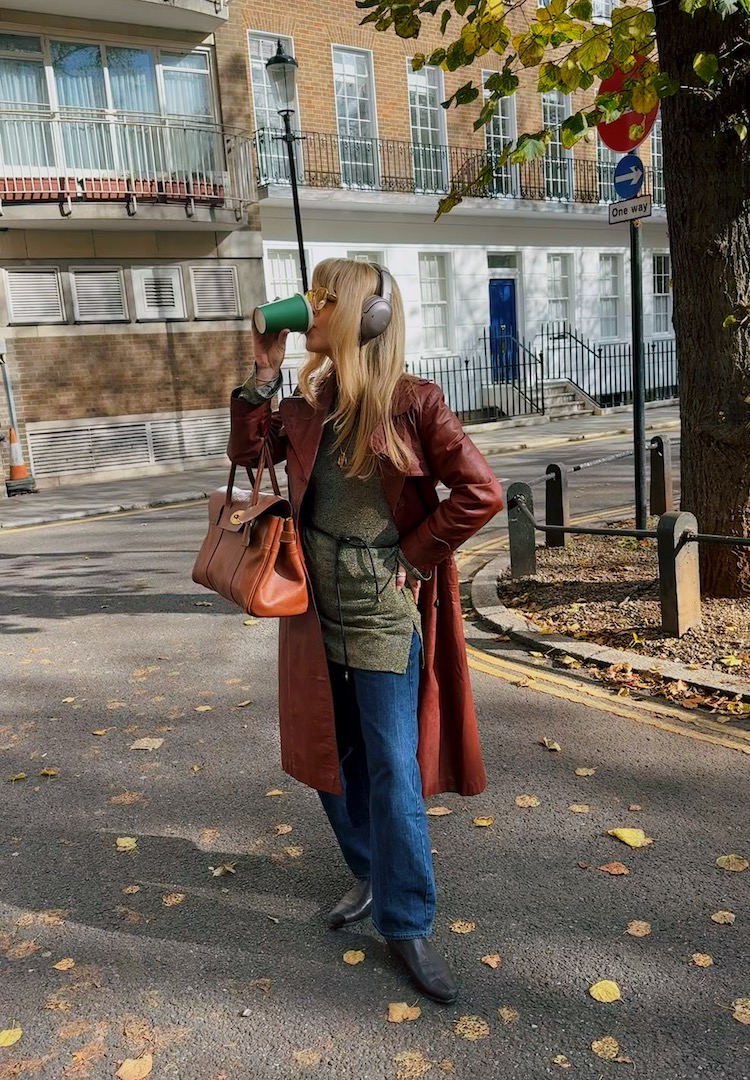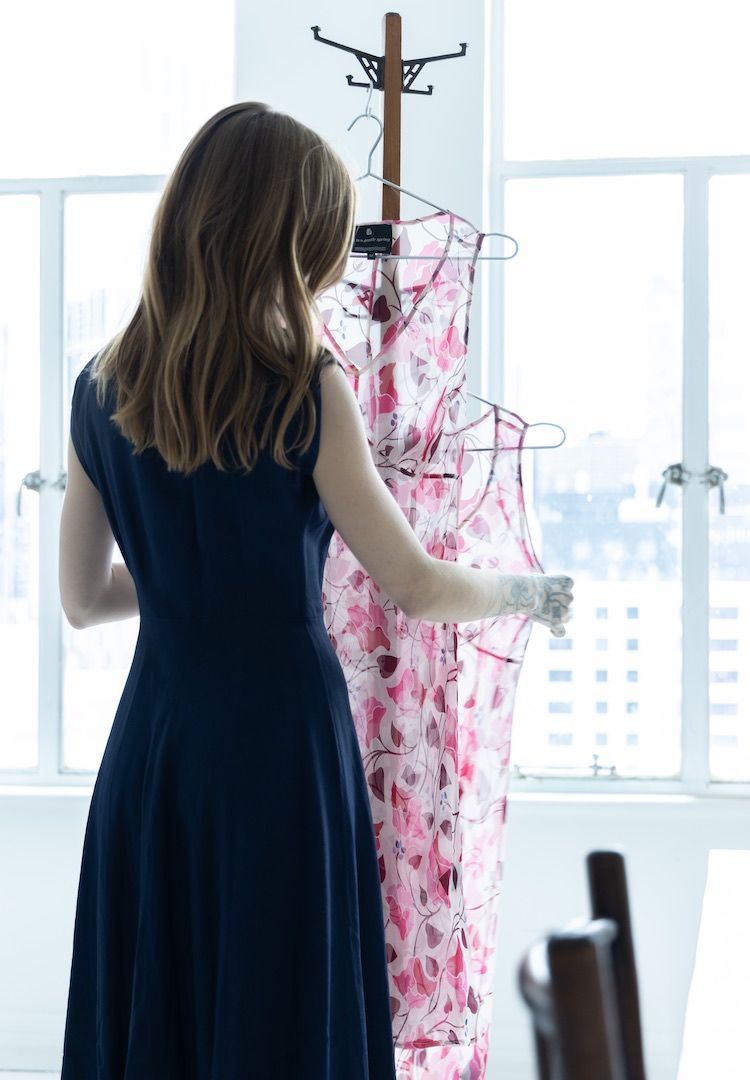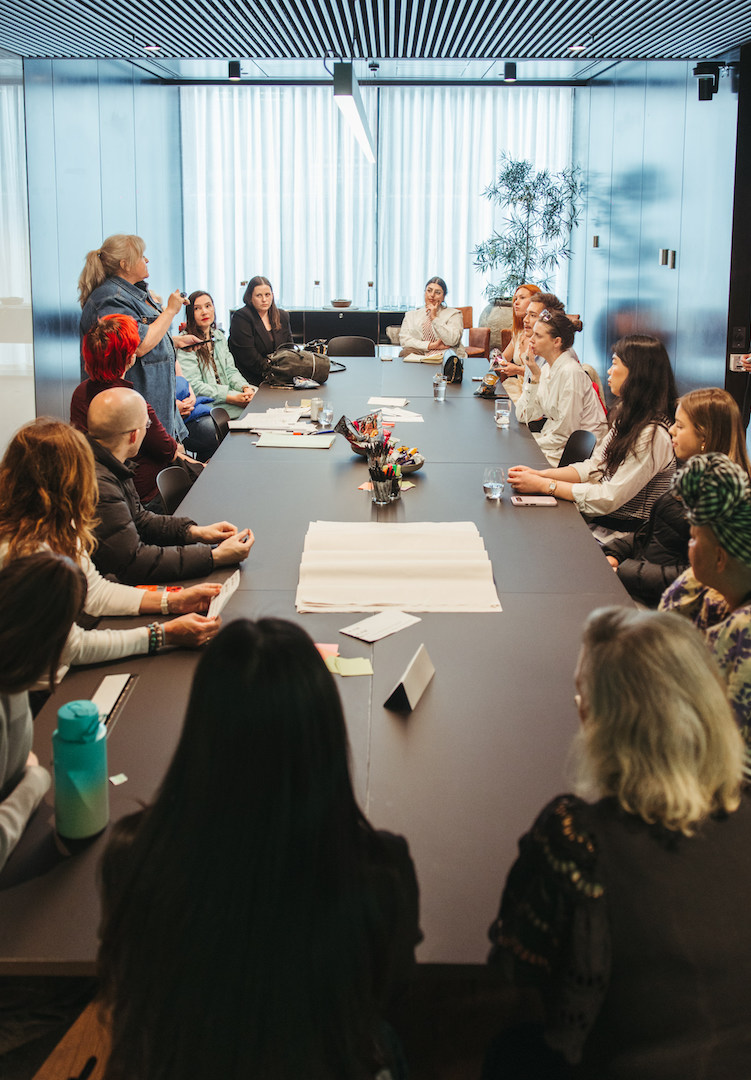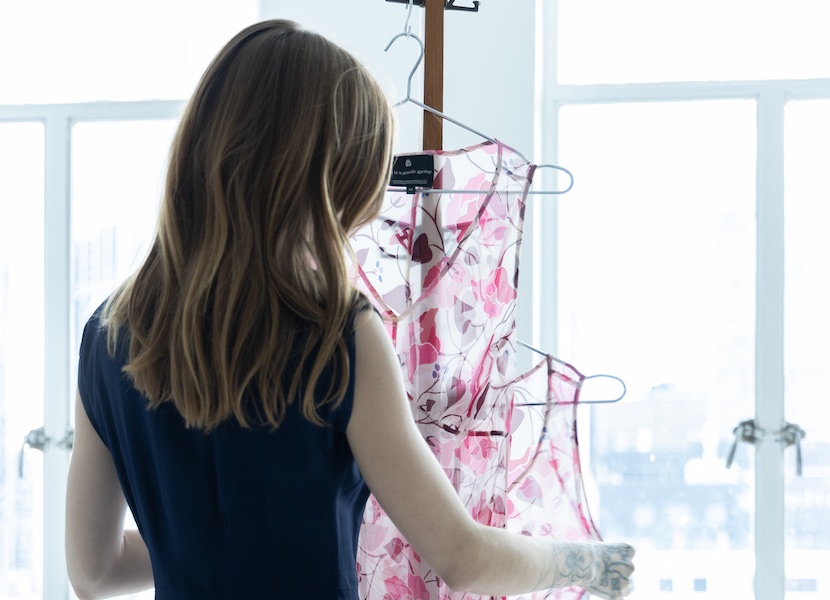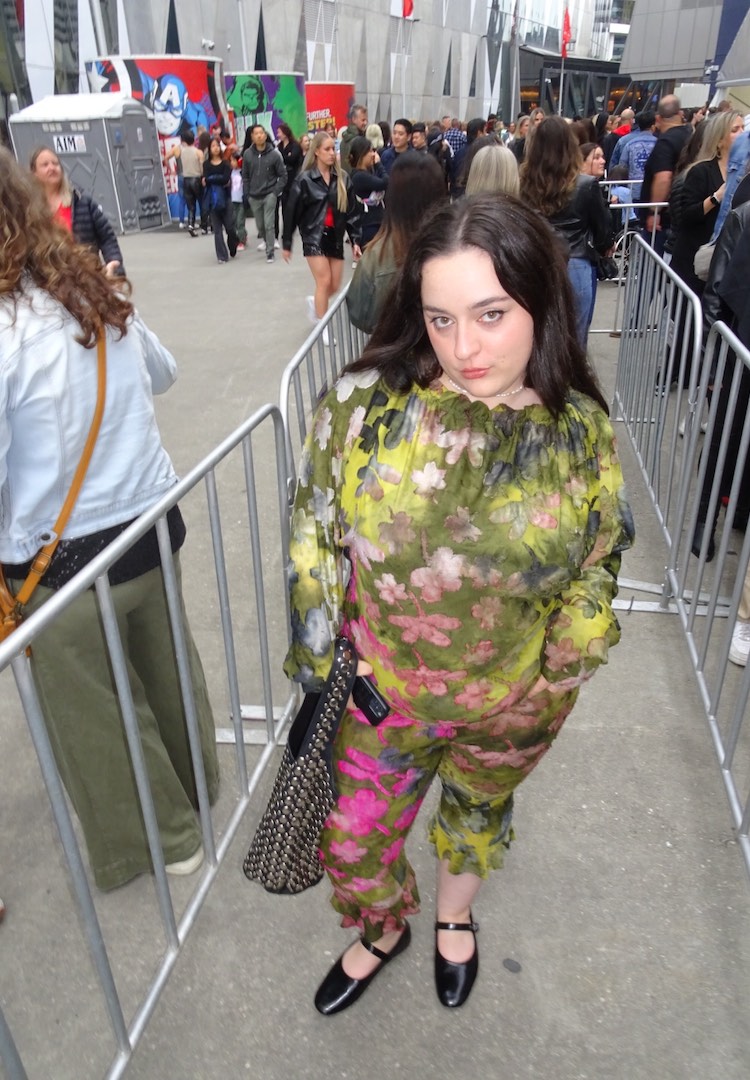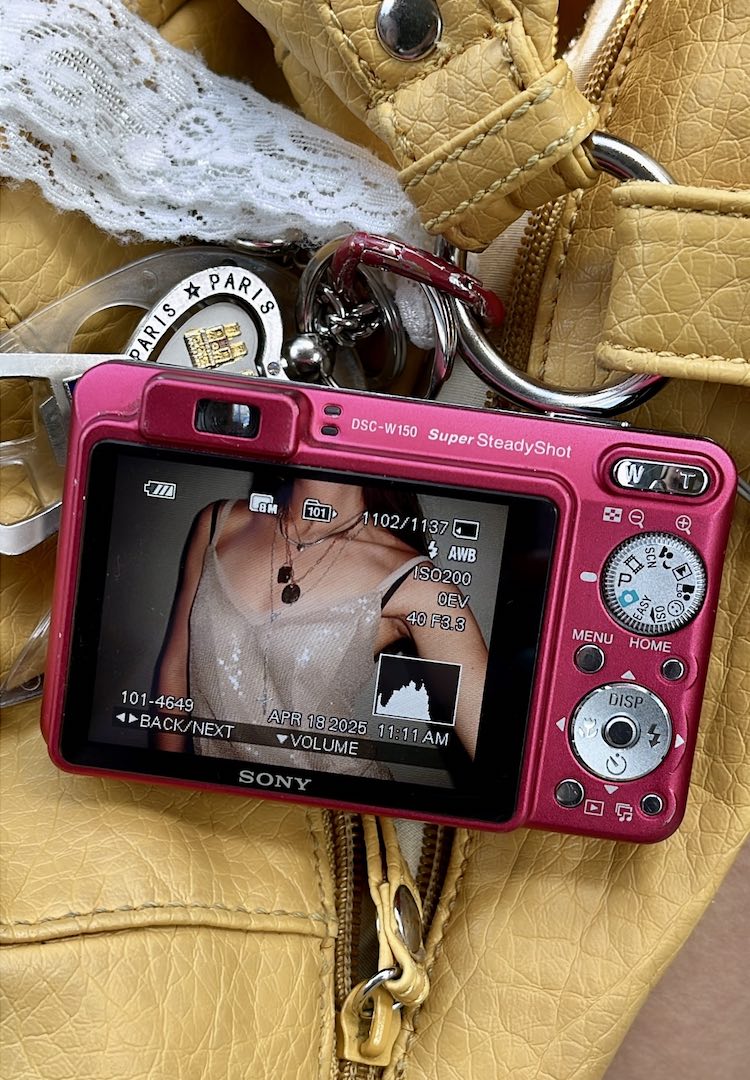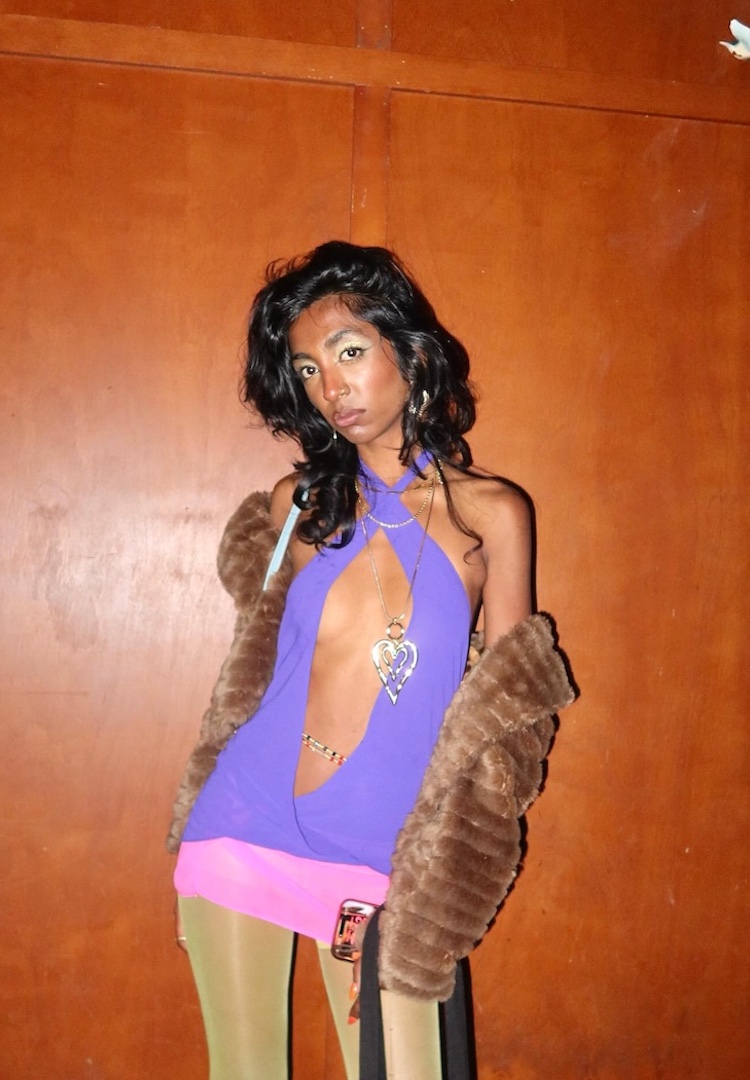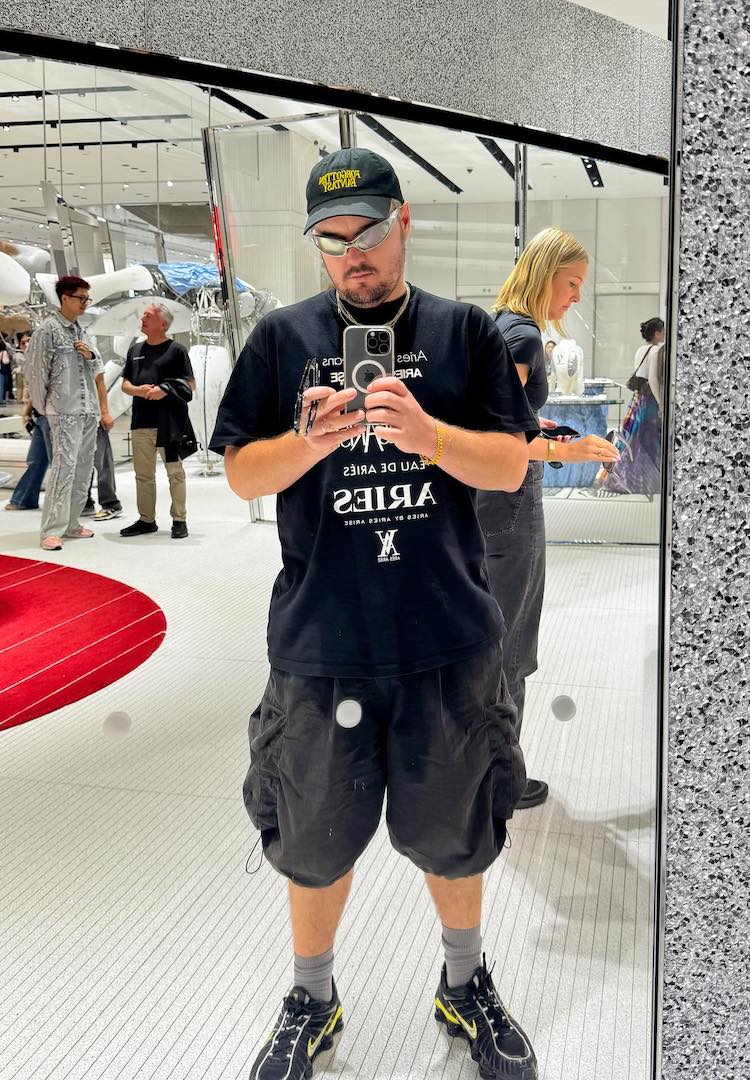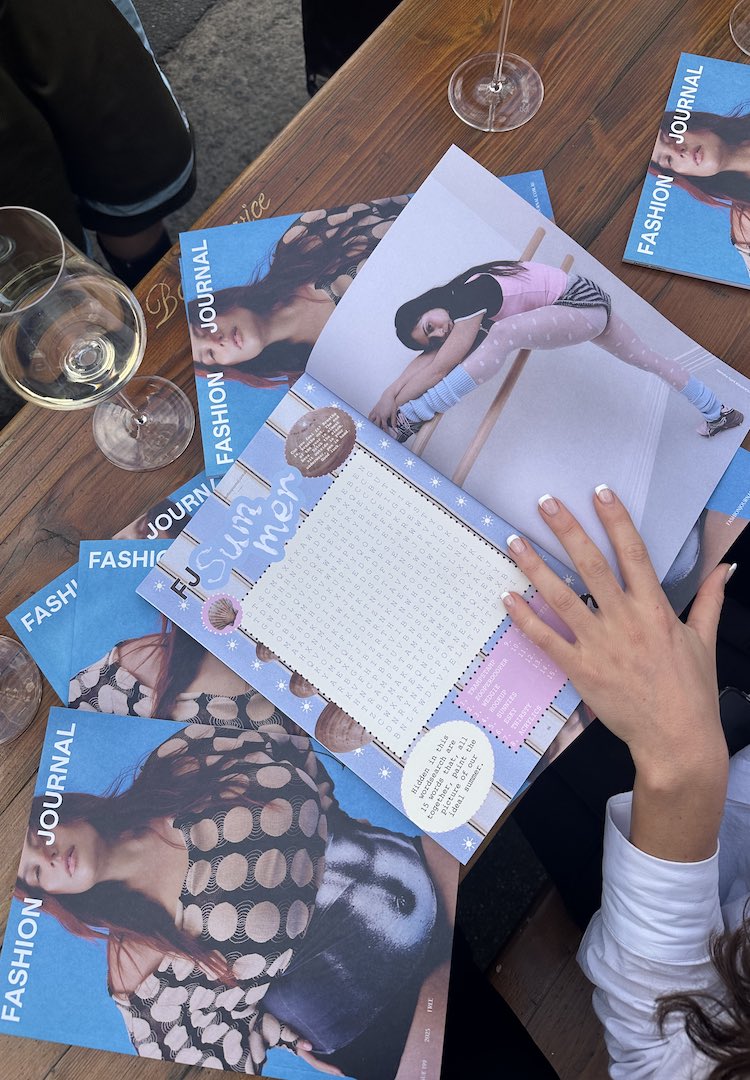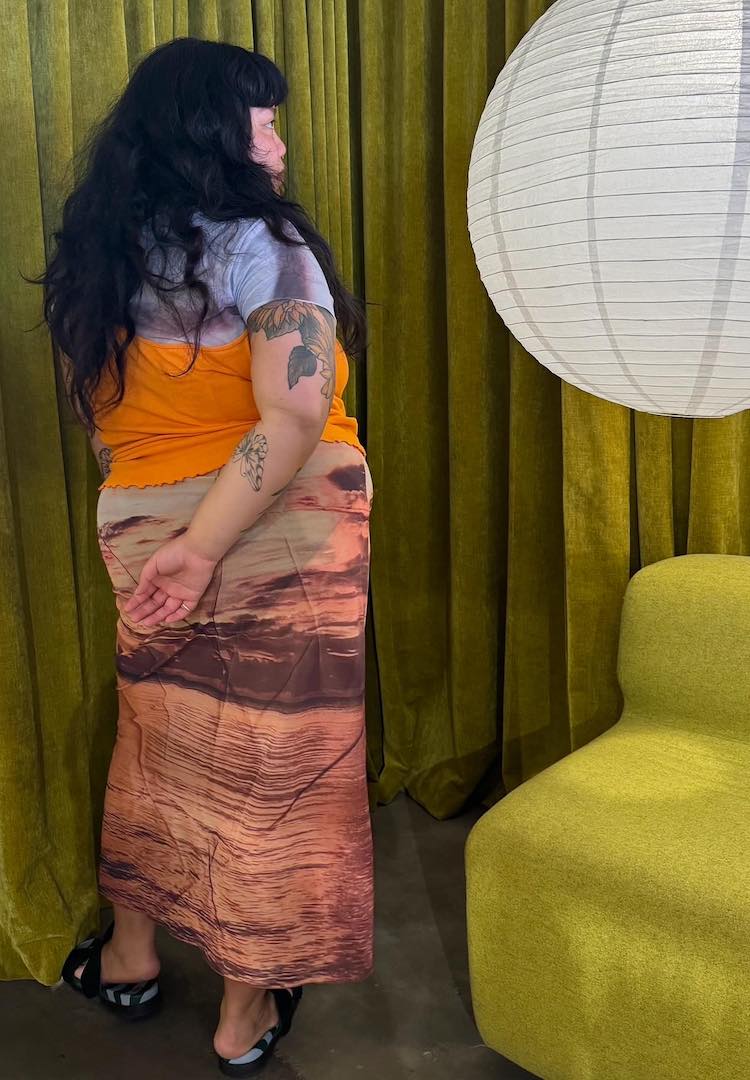Bridal fittings, workshops and a heavenly studio space: Inside All is a Gentle Spring’s Melbourne showroom
photographyby Nicholas Mahady
as told to daisy henry
“I wanted to begin with calm and stillness, a near-surgical cleanliness, knowing how quickly I’d introduce disorder through the work.”
Since its inception, Australian clothing label All is a Gentle Spring has been steadfast in its mission to keep production local. From the fabrics used to craft its pieces to the people making the clothes, the label aims to put sustainability at the forefront, working exclusively with independent workshops in Melbourne.
Naturally, when dreaming up what a physical space might look like, it was only right to base the showroom in Melbourne, too. “It’s very important for me to work in a personal way, on a human scale. I want to achieve as much through face to face conversation as possible,” creative director Isabelle Hellyer tells me.
For more fashion news, shoots, articles and features, head to our Fashion section.
Signing a retail lease is inevitably harder than launching a Shopify subscription, and the process of acquiring a physical space has been a seven-year journey. Perched on the 11th floor of the Century Building, Isabelle describes the space as being up in the heavens. It’s white and light-filled, with one singular piece of artwork on display.
“When I’m working on a collection, I’m surrounded by imagery and fabric swatches, crowded by colour,” she says. “I wanted to begin with calm and stillness, a near-surgical cleanliness, knowing how quickly I’d introduce disorder through the work.”
Though the showroom isn’t a shop per se, guests can book in for an appointment to experience the garments in-person. It also marks the start of a new offering for the label: bridal fittings. Whether it’s customising an existing garment from the collection, or starting from a blank canvas, Isabelle welcomes the new opportunity for collaboration.
Alongside the introduction of lacemaking, knitting and crochet workshops, the showroom marks a new step for the All is a Gentle Spring – it’s a way of planting roots and forging a greater sense of community. Find our full conversation with Isabelle, below.
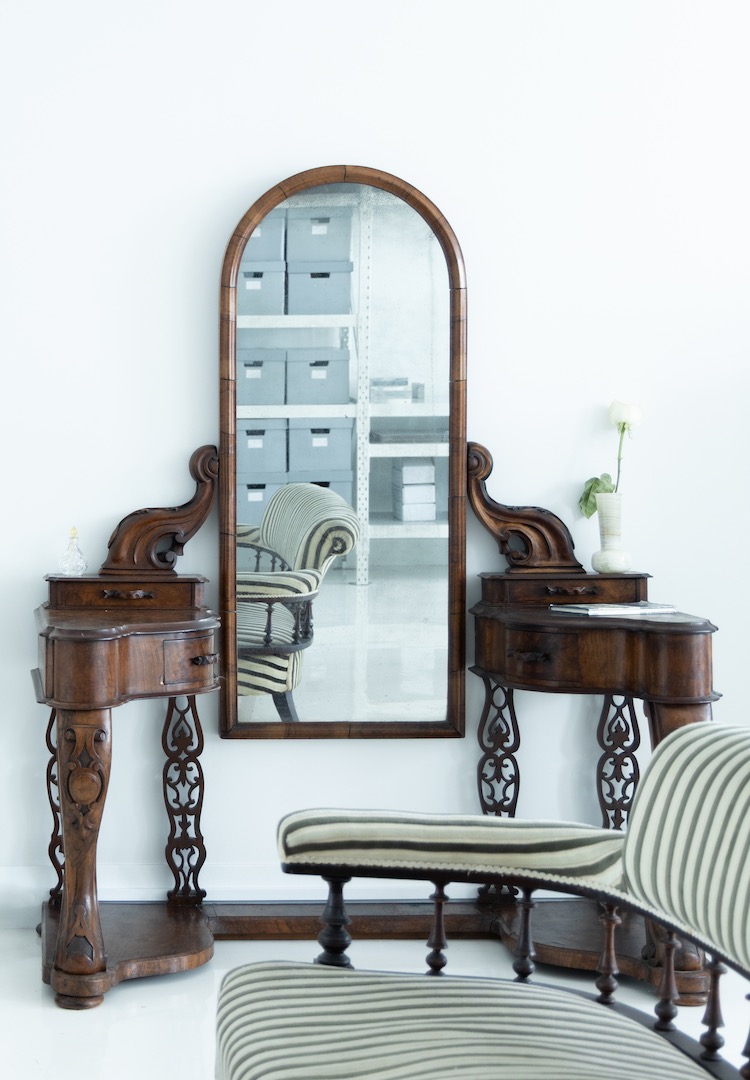
Fashion Journal: Hi Isabelle! Congratulations on the opening of the All is a Gentle Spring showroom. Why did you choose to base in Melbourne as opposed to overseas?
Isabelle: I’m not for any particular Australian cause, but I’m firmly against atomisation and technological progress for progress’ sake. It’s very important for me to work in a personal way, on a human scale. I want to achieve as much through face to face conversation as possible.
I’m interested in garment production as a way to encourage personal connection and intergenerational relationships. This is what gives the work meaning. Because all the garments are made here, in Melbourne, naturally, the showroom must be too.
The way many large clothing brands operate today is highly abstracted from labor. The product is realised through a series of purchase orders, instructive files, and email chains – the factory is an external contractor. I couldn’t be less interested in this. I’m really trying to find a way to do the opposite and stay afloat while I’m at it.
I’ve been listening to a lot of Tori Amos lately, and watching her play the piano and talk about the piano like it’s a friend. I see her as channeling the collective. I’m sure not everyone will stay with me here, but I believe if you’re walking an artist’s path, you need to put yourself in whatever place it is that you feel your channels are open. Wherever you feel the most free. I think it’s important to do away with ideas of legacy, prestige, cultural centres and listen to yourself. Live where you feel able to make the best work possible. I base myself here because it’s where I feel most open and free.
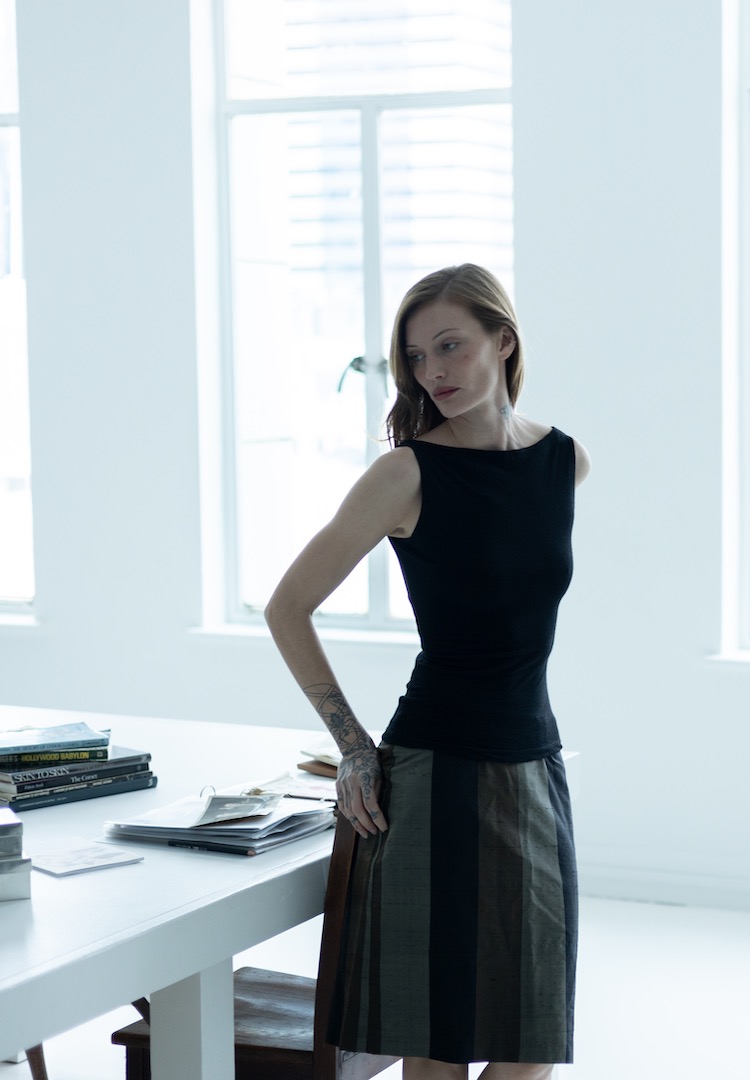
What will the showroom entail? Can customers visit and shop your collection?
That’s exactly right. The showroom is not exactly a shop, but it is a place where people can get to know us better and try on garments for themselves. I’m well aware the price point makes it difficult to confidently purchase online, sight unseen. I deeply believe in the garments and I know that when people can touch them – and particularly with boned pieces, experience being held within the garment – they understand the value, something lights up.
I’ve never wanted to be an eCommerce business exclusively, I crave interactivity. I would love to be untethered from the internet, to rely on it as little as possible to communicate with our clients. But when you’re starting from scratch, a Shopify subscription is far easier to manage than storefront retail lease, which is why this milestone, the showroom, has taken us seven years to reach. It takes time. I’m very happy to now have the infrastructure to meet our clients face-to-face, which much better mirrors our production ethos.
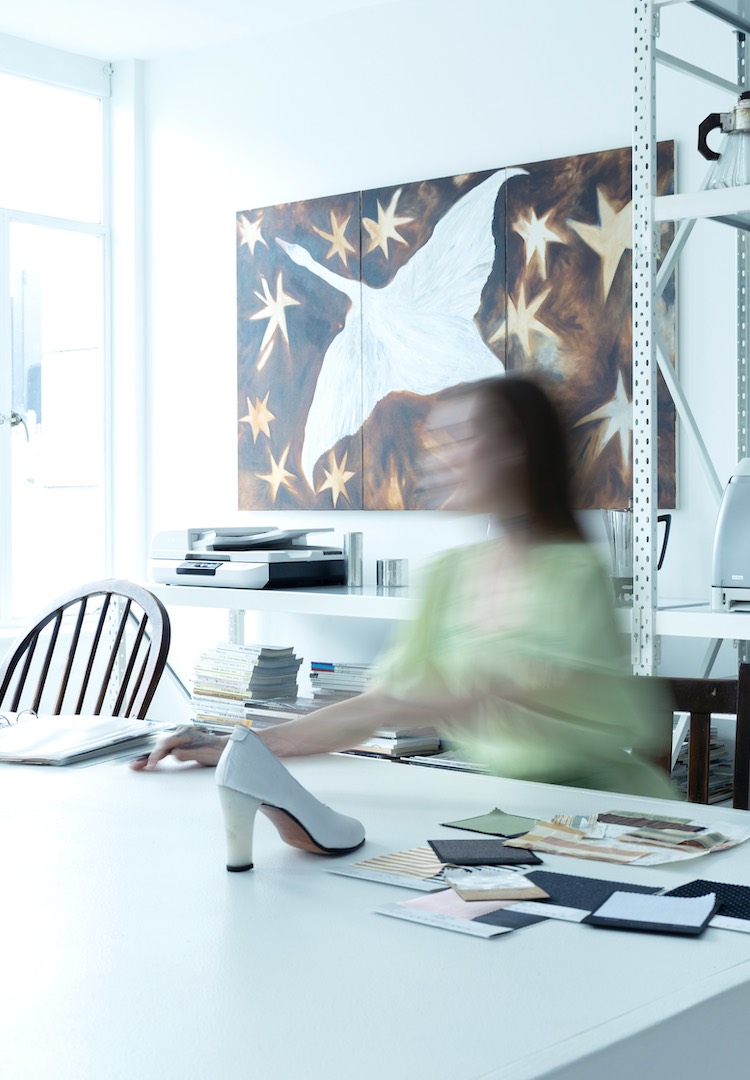
How would you describe the look and feel of the showroom?
I wanted to feel like we were up in the heavens. When I’m working on a collection, I’m surrounded by imagery and fabric swatches, crowded by colour. I wanted to begin with calm and stillness, a near-surgical cleanliness, knowing how quickly I’d introduce disorder through the work.
The single artwork in the showroom, the disruption to the laboratory, is ‘After Leda’by my friend Kashi Ruffilli-O’Sullivan. I asked Kash to paint two runway garments for the Turbulence, Hollywood, Eternity. show. One to open the show and one to close. The closing look was a dress bearing a similar swan motif, so it feels right to have this flying in here. I’m proud of that show, all its elements and it’s nice to be reminded of it.
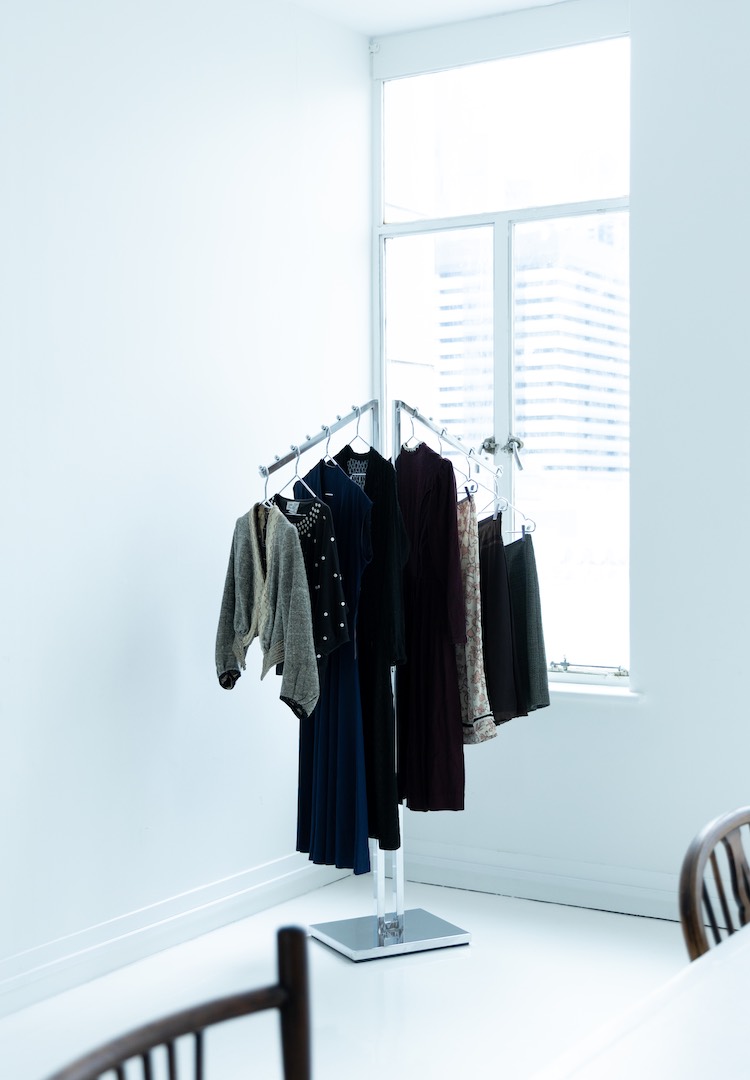
What was the journey like searching for a space, and what made you choose this heritage-listed building?
There were only two real contenders that were in budget and possessing a certain beauty. The space we didn’t sign on to I still think of often but I just couldn’t manage to haggle the agent down to where I needed him to go. It was enormous, open, beautiful, twelve foot ceilings, golden floorboards.
But it just wasn’t meant to be. You could only enter from a rear laneway, through the back courtyard of the bar downstairs, beyond the garbage bins and up four very steep flights of stairs. Now, in the Century Building, we have a nice mirrored elevator that goes straight up to the 11th floor.
I suppose when I would dream of having a studio in the city, I fantasised about the Manchester Unity Building, the Century Building’s more Gothic sibling on the southern corner of the same block. Our building came eight years later, in 1940, clad in white terracotta and much more streamlined, with strong skyward thrust. When I think about the design language of All is Gentle Spring over time, it’s become less theatrical and much more clarified, so perhaps there’s symbolic thread to these sister buildings, and all is as it’s meant to be.
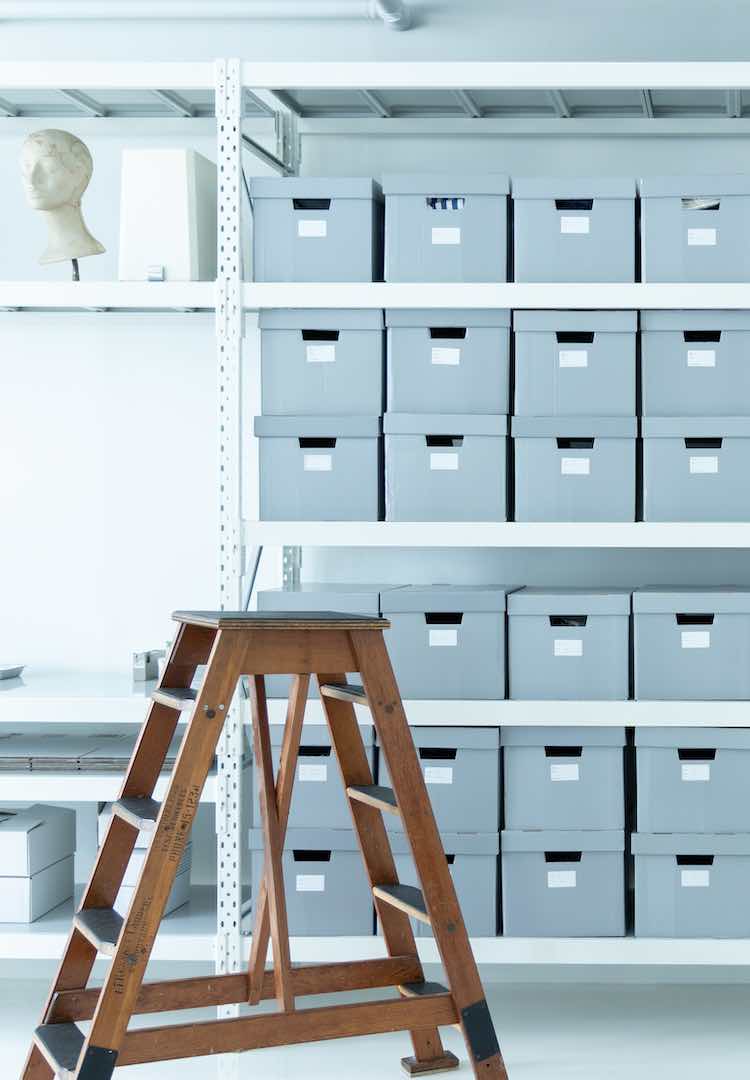
Tell me a little bit about the bridal fittings that you’ve been doing. You said this was ‘unplanned’, how did it come to be?
A few years ago my friend Madeleine, who now has a beautiful little girl, approached me about a dress and that whet my appetite. Then, earlier this year, I ran into the writer Cameron Hurst at a café where she showed me some photographs of a dress she had tried on for her wedding. To be perfectly frank, I thought I could make something much better for the same price this boutique was asking, so we went ahead with it. And it must have opened a door somewhere in the ether, because since then we’ve been approached several more times.
You know, this kind of story is really the dream for a designer trying to stay in motion independently. My great frustration is that to sustain the whole operation, there are long stretches of time where you must spend more time marketing garments than designing them. That’s been my experience. And yet when it comes to our brides, I haven’t spent a single minute of my time advertising. Talking about it now, with you, is the closest I’ve come to announcing the service. That feels good.
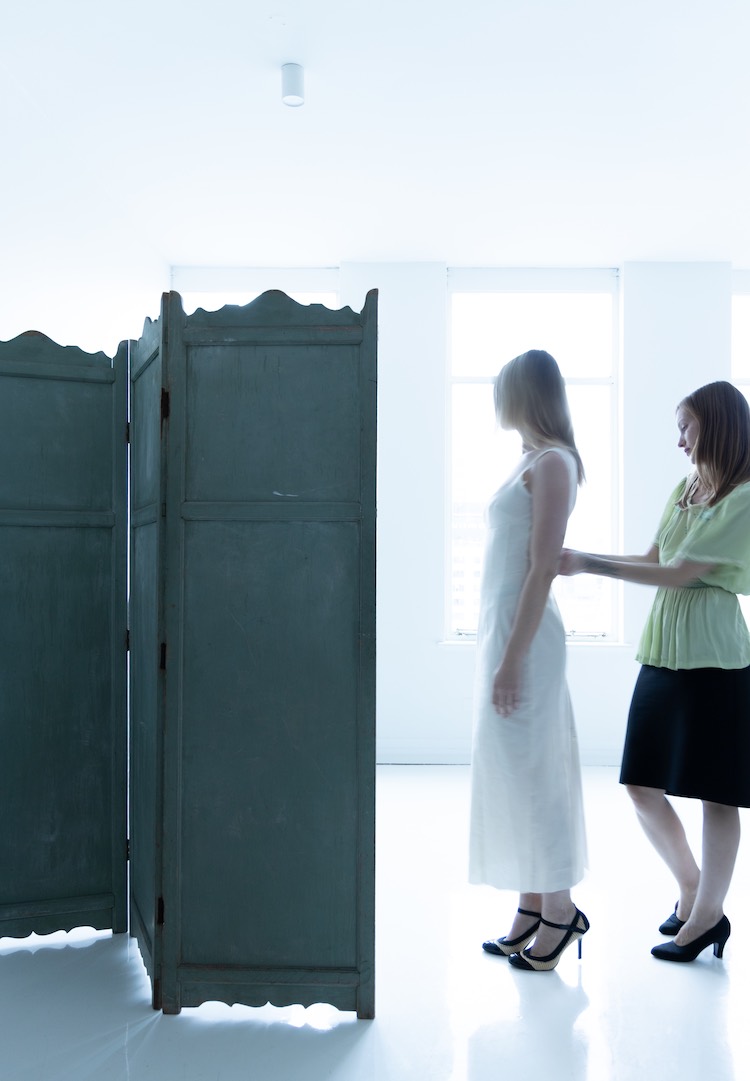
What can brides-to-be expect from these fittings?
I’ve found many brides come to us with an existing garment from our collection they’re already wishing on, that they’ve been picturing in bridal white, lengthened to the floor. So together we make the small changes to make the style feel their own. But a bride could come to me with almost nothing; a single image, and we’d leap from there. Show me anything. We can begin from something very small.
I love the sound of these upcoming workshops. Can you tell me a little bit about what you have planned?
I’ve been feeling the limitations of the label as a way to address the problems that vex me. The deeper rot in consumer culture can’t be cured by producing more sustainable goods. If the products we buy are a primary way in which we express our values, if we see a purchase as a means to express our personal ethic, we’re a very neutered society. I’m very frustrated with the fact that the only way to engage with this project, so far, is through consumer patterns.
I feel compelled to move beyond dressing people and instead look towards sharing skills, so we’re able to make and mend for ourselves, to turn away from buying readymade goods towards something more generative and fulfilling.
As I said earlier, it’s important we feel physically connected to our labor and you can begin with something as simple as darning a sock. We plan to teach lacemaking, knitting, and crochet and perhaps basic mending too, it really depends on what our client feels they’d like to learn. I’d like to host some conversations too, short lectures – I have a few myths I’d like to bust when it comes to the corset. The classes are very important to me.
The showroom is located at 125 Swanston Street, open for private appointments Monday to Saturday. Find more from All is a Gentle Spring here.

